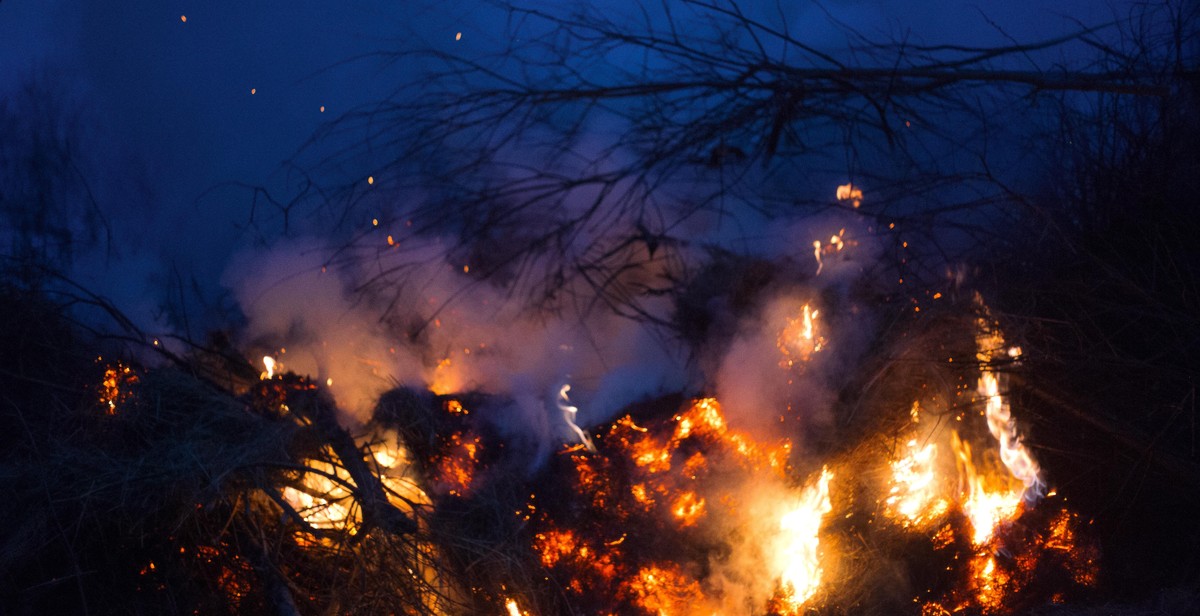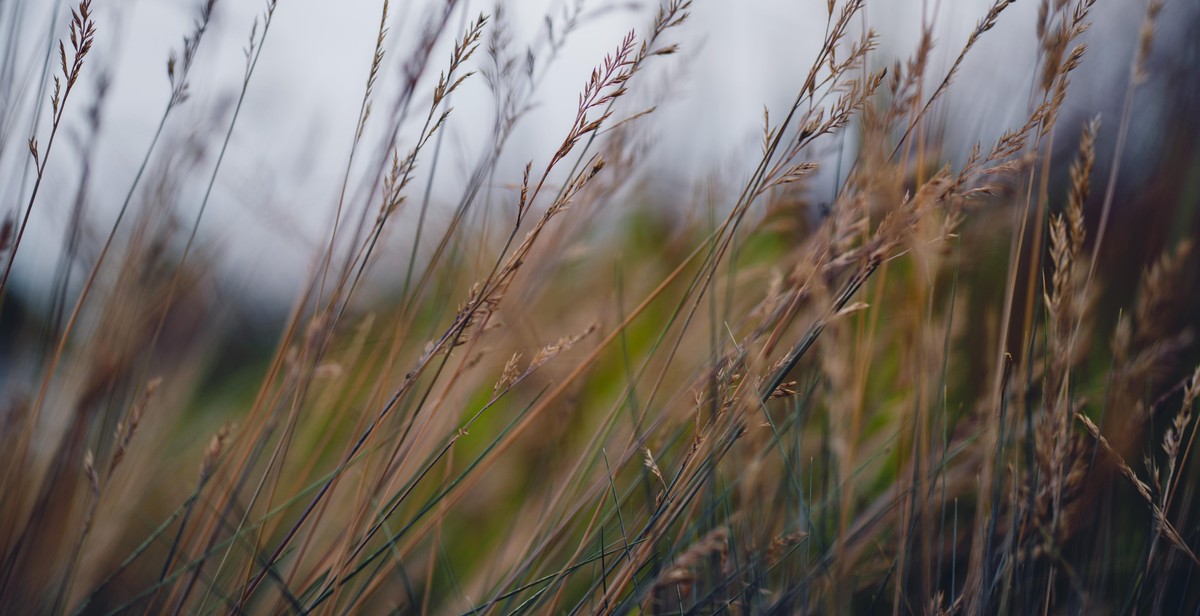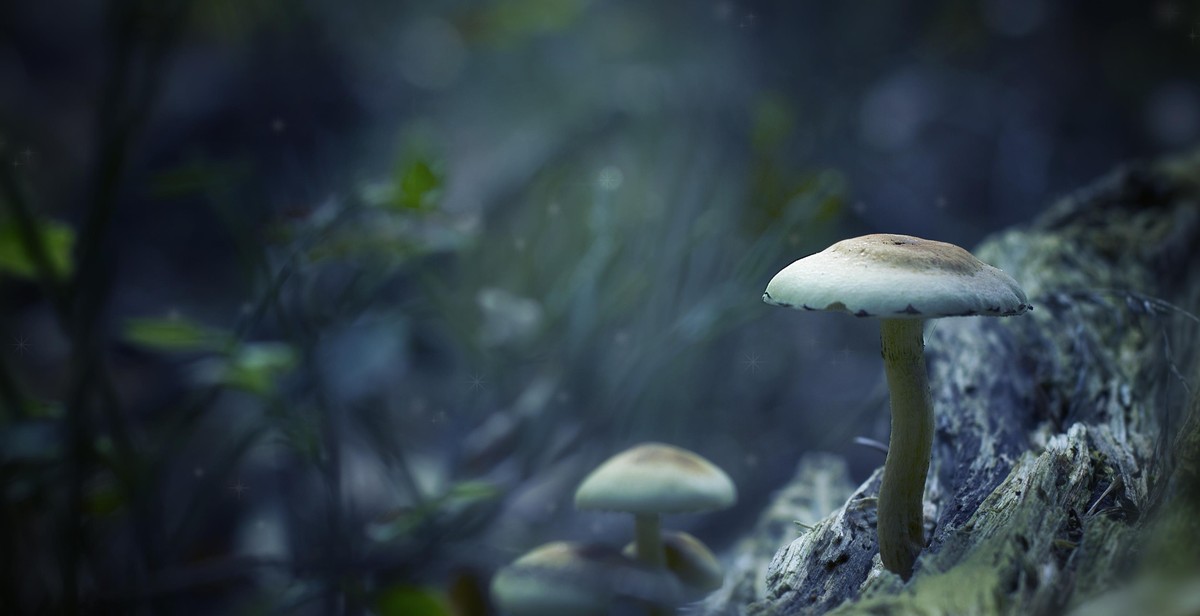How to Identify Poisonous Plants: Recognizing Toxic Species in Nature
Spending time outdoors is a great way to enjoy nature, but it’s important to be aware of the potential hazards that come with it. One of these hazards is poisonous plants, which can cause anything from mild irritation to severe illness or even death. Being able to identify these plants is crucial for your safety, especially if you’re an avid hiker, gardener, or simply enjoy spending time in nature.
Why it’s Important to Identify Poisonous Plants
There are several reasons why it’s important to be able to identify poisonous plants:
- Prevent exposure: By knowing which plants are poisonous, you can avoid them and reduce your risk of exposure.
- Treatment: If you do come into contact with a poisonous plant, being able to identify it can help medical professionals provide appropriate treatment.
- Safety: Whether you’re hiking, camping, or gardening, being able to identify poisonous plants can help keep you and your loved ones safe.
Common Poisonous Plants
There are many different types of poisonous plants, but some of the most common include:
- Poison ivy
- Poison oak
- Poison sumac
- Jimsonweed
- Deadly nightshade
- Hemlock
Learning to recognize these plants and others like them can help you stay safe while enjoying the great outdoors.

Why it’s Important to Identify Poisonous Plants
Identifying poisonous plants is crucial for human and pet safety. Poisonous plants can cause severe health problems and even death if ingested or touched. Therefore, it’s essential to learn how to recognize toxic species in nature to prevent any harmful encounters.
Human Safety
Human safety is the primary reason why it’s crucial to identify poisonous plants. Poisonous plants can cause various health problems, such as skin irritation, rashes, blisters, nausea, vomiting, and even death. Some poisonous plants can cause severe allergic reactions, leading to anaphylactic shock.
Children are more vulnerable to poisonous plants as they tend to be curious and explore their surroundings. They may touch or ingest poisonous plants unknowingly, leading to severe health complications. Therefore, it’s essential to teach children how to identify poisonous plants and avoid touching or ingesting them.
Moreover, hikers, campers, and outdoor enthusiasts should learn how to recognize poisonous plants and avoid them during their outdoor activities. They should also carry a first aid kit with them in case of any accidental encounters with poisonous plants.
Pet Safety
Pets are also vulnerable to poisonous plants, and pet owners should learn how to identify toxic species to prevent their pets from ingesting or touching them. Pets, especially dogs, tend to explore their surroundings and may ingest poisonous plants unknowingly.
Some common symptoms of plant poisoning in pets include vomiting, diarrhea, lethargy, difficulty breathing, and even seizures. Therefore, it’s crucial to take immediate action if you suspect your pet has ingested or touched a poisonous plant.
Learning how to identify poisonous plants can help pet owners create a safe environment for their pets. They can remove any toxic plants from their homes and yards and avoid taking their pets to areas where poisonous plants are prevalent.
| Human Safety | Pet Safety |
|---|---|
| Teach children how to identify poisonous plants | Learn how to identify toxic species to prevent pets from ingesting or touching them |
| Campers and hikers should learn how to recognize poisonous plants | Take immediate action if you suspect your pet has ingested or touched a poisonous plant |
| Carry a first aid kit during outdoor activities | Remove any toxic plants from your home and yard |

Identifying Poisonous Plants: General Guidelines
When exploring nature, it’s essential to be able to identify poisonous plants to avoid any potential health hazards. Poisonous plants can cause skin irritation, nausea, vomiting, and even death in severe cases. Below are general guidelines for identifying poisonous plants based on their leaves, stems, flowers, and fruits.
Leaves
Leaves are the most common part of a plant that people use to identify whether it’s poisonous or not. Poisonous plants usually have leaves with a shiny or waxy appearance, a distinct odor, or an unusual color. It’s best to avoid plants with leaves that have the following characteristics:
- Leaves with a bitter taste or a soapy texture
- Leaves with an oily or milky sap
- Leaves with three or more leaflets arranged in a group
- Leaves with a hairy or spiny texture
Stems
Stems can also help identify poisonous plants. Some stems have thorns or spines, while others have a woody texture. Poisonous plants usually have one or more of the following stem characteristics:
- Stems with a milky or colored sap
- Stems with a red or purple color
- Stems with thorns, spines, or fine hairs
- Stems with a hollow center
Flowers
Flowers can be a beautiful and helpful way to identify plants. However, it’s essential to be cautious when identifying poisonous plants based on their flowers. Some poisonous plants have flowers that are highly fragrant or brightly colored. Here are some characteristics of poisonous plant flowers:
- Flowers with a strong, unpleasant odor
- Flowers with a trumpet or bell-shaped appearance
- Flowers with a yellow or white color
- Flowers that grow in clusters or umbels
Fruits
Fruits can be a helpful way to identify plants, but it’s important to be cautious. Some poisonous plants have fruits that are highly fragrant or brightly colored. Here are some characteristics of poisonous plant fruits:
- Fruits with a bitter taste or an unusual odor
- Fruits with a waxy or shiny appearance
- Fruits that are bright red or yellow
- Fruits that are small and berry-like
| Part of Plant | Poisonous Plant Characteristics |
|---|---|
| Leaves | Bitter taste, oily or milky sap, three or more leaflets arranged in a group, hairy or spiny texture |
| Stems | Milky or colored sap, red or purple color, thorns, spines, or fine hairs, hollow center |
| Flowers | Strong, unpleasant odor, trumpet or bell-shaped appearance, yellow or white color, grow in clusters or umbels |
| Fruits | Bitter taste or unusual odor, waxy or shiny appearance, bright red or yellow, small and berry-like |

Common Poisonous Plants to Watch Out For
When you’re out in nature, it’s important to be aware of the plants around you. Some plants can be toxic and cause serious harm if ingested or even touched. Here are some of the most common poisonous plants to watch out for:
Poison Ivy
Poison ivy is a plant that can cause a rash if its oil comes in contact with your skin. The oil, called urushiol, is found in the leaves, stems, and roots of the plant. The rash can be itchy and can last for several weeks. It’s important to learn how to identify poison ivy so that you can avoid it.
Poison Oak
Like poison ivy, poison oak also contains urushiol and can cause a similar rash. The plant has leaves that are shaped like oak leaves and can grow as a shrub or a vine. It’s commonly found in wooded areas and can be difficult to spot.
Poison Sumac
Poison sumac is a shrub or small tree that can cause a rash similar to poison ivy and poison oak. It has leaves that are arranged in pairs with one leaf at the end, and it produces clusters of berries that are white or gray. It’s commonly found in wetlands and swampy areas.
Giant Hogweed
Giant hogweed is a plant that can cause severe skin irritation and even blindness if its sap comes in contact with your skin or eyes. The plant can grow up to 14 feet tall and has large, white flowers. It’s commonly found in areas with moist soil, such as along streams and rivers.
Deadly Nightshade
Deadly nightshade, also known as belladonna, is a plant that can be toxic if ingested. The plant has shiny, black berries and produces small, bell-shaped flowers that are purple or greenish-yellow. It’s commonly found in wooded areas and can be difficult to spot.
Foxglove
Foxglove is a plant that can be toxic if ingested. It produces tall spikes of tubular flowers that are pink, purple, or white. The plant is commonly found in gardens and along roadsides.
Hemlock
Hemlock is a plant that can be toxic if ingested. It has small, white flowers that grow in clusters and produces a distinctive odor when crushed. It’s commonly found in wetlands and along streams and rivers.
Remember to always be cautious when you’re out in nature and to avoid touching or ingesting any plants that you’re not familiar with. If you do come into contact with a poisonous plant, seek medical attention immediately.

What to Do If You Come Into Contact with Poisonous Plants
Even if you are careful, it is still possible to come into contact with poisonous plants. If this happens, there are several steps you can take to minimize the damage:
Washing the Area
The first thing you should do is wash the affected area as soon as possible. Use soap and water to remove any sap or oil from the plant that may still be on your skin. Be sure to wash your hands thoroughly as well, to avoid spreading the sap or oil to other parts of your body.
Applying Topical Treatments
After washing the area, you can apply a topical treatment to help relieve the symptoms. Calamine lotion, hydrocortisone cream, and aloe vera gel are all good options to help soothe the skin and reduce itching and inflammation. You can also take an antihistamine to help relieve the symptoms.
Seeking Medical Attention
If you experience severe symptoms such as difficulty breathing, swelling of the throat or face, or a rash that covers a large area of your body, seek medical attention immediately. These symptoms could indicate a severe allergic reaction that requires immediate treatment.
Remember, prevention is always the best strategy when it comes to poisonous plants. Be sure to familiarize yourself with the toxic species in your area and take steps to avoid them whenever possible. If you do come into contact with a poisonous plant, follow these steps to minimize the damage and seek medical attention if necessary.

Conclusion
Identifying poisonous plants can be a matter of life and death, especially if you spend a lot of time in the great outdoors. While it may seem daunting at first, with a little bit of knowledge and practice, you can become confident in your ability to recognize toxic species in nature.
Remember, the first step in identifying poisonous plants is to stay informed. Read up on the plants that are common in your area, and learn to recognize their leaves, stems, and flowers. Pay attention to any warning signs or markings, and always err on the side of caution if you’re unsure whether a plant is safe to touch or ingest.
It’s also important to be prepared. Keep a first aid kit handy, and know how to treat any symptoms of poisoning that may arise. If you’re planning a hike or camping trip, make sure you have plenty of food and water, and avoid eating any wild plants unless you’re absolutely certain they’re safe to consume.
Finally, don’t be afraid to ask for help. If you’re unsure about a particular plant, reach out to a local expert or consult a field guide. With a little bit of caution and common sense, you can enjoy all that nature has to offer while staying safe and healthy.
